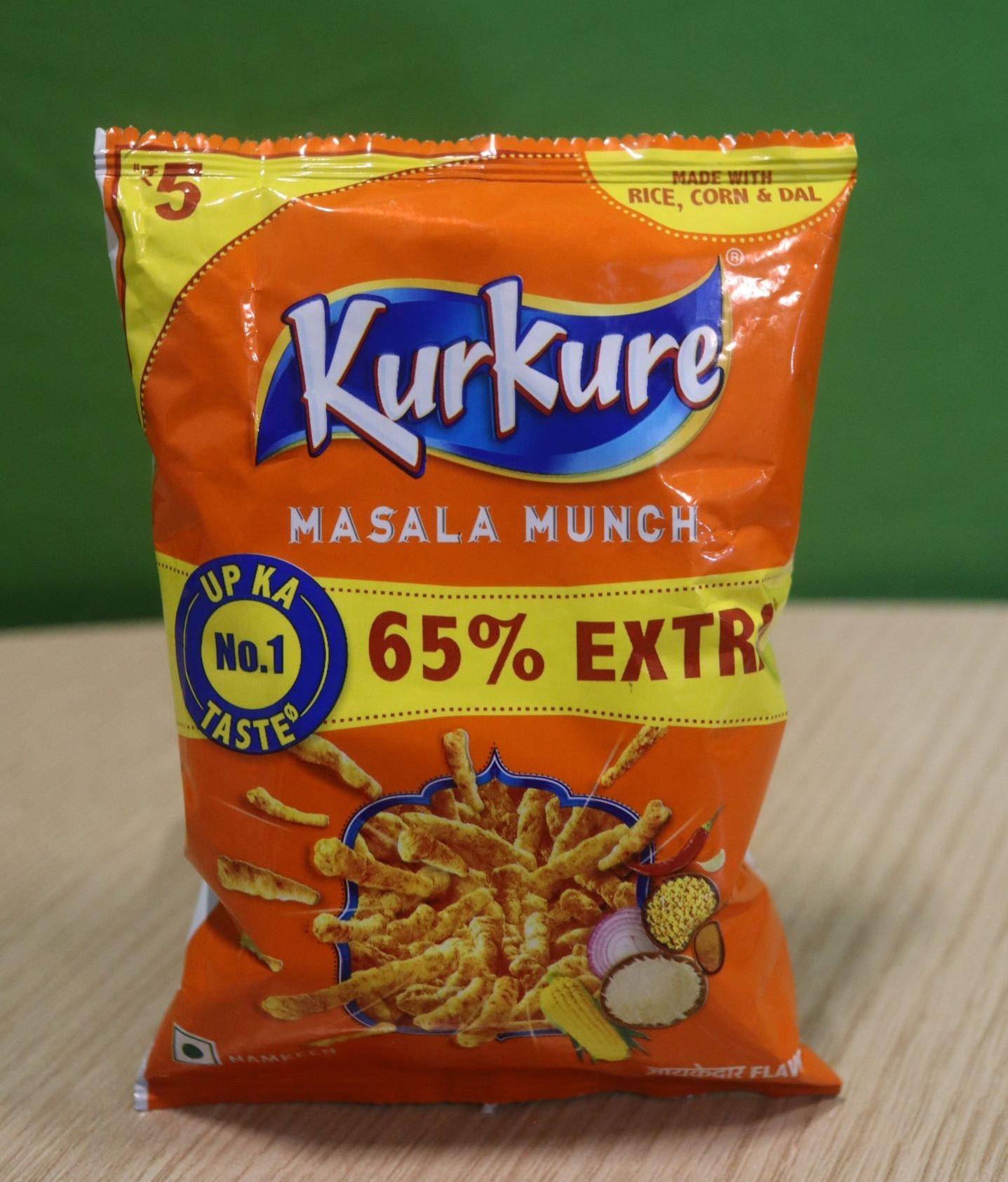The packaging and label industry in India continues to grow as packed and labeled products in numerous types of containers, formats, and sizes multiply. Since food from agriculture to consumer is perhaps 20 to 25% of the country’s GDP, it tends to dominate the packaging industry as well.
Packaging increasingly defines the demographic that a food product is aimed at. Regional tastes, marketing campaigns, and value can be conveyed by the packaging. Every day new SKUs are being invented and their format and decoration tell stories aimed at particular needs and fancies. At the high end in the urban food marts and niche hypermarkets, there is premiumization, such as that seen in the matt finish pouches with metallic effects and transparent panels for Basmati rice and dark chocolates and coffee. Each brand seems to offer a similar product in a variety of flavors and colors. Basmati rice in four matte finish solid colors – deep blue for ‘Feast,’ purple for ‘Supreme,’ green for ‘Malai,’ and Red for ‘Royal.’

Every food and snack product is available in various exotic and localized flavors. You can now buy packs of Hershey’s chocolates filled with California almonds with guava and Mexican chilli flavor, or Hershey’s Exotic Dark chocolate with blueberry and acai flavored centers. Also, you can find Mazan chocolate cubes filled with paan flavor and many other products in the market with a variety of localized flavors.
At the other end of the spectrum, there is the economization of snack products that are also sold in multiple flavors but in smaller formats and SKUs for prices as low as Rs 5. You have savory snacks and various mouth fresheners displayed in shelf-less displays on shop fronts and highway dhabas. There are small on-the-go Kurkure packs with ‘UP Taste.’ In short, the number of SKUs of pouches for every branding initiative and price point has substantially multiplied.
The flexible packaging in India is for food products that require high barrier properties and long shelf life because of the climate and erratic supply chains that mostly do not include refrigeration. We have been hearing for some time about more recyclable single polymer structures but these tend to be expensive laminates that generally work for premium products like coffee pouches or 5-kilogram Basmati rice pouches for export. However, in this category premiumization is being achieved by using fewer film layers and matt finish effects using special inks and coatings for local consumption in smaller packs. Metallic effects are created by printing a transparent yellow or satin finish ink on the top layer of a laminate with the aluminized layer on the inside. Spot varnishes are sometimes used to highlight the individual products in the pack.
The challenge in maintaining barrier properties with reduced film layers comes from smaller packs where the low value of the contents requires a breakthrough in creating SKUs from the same polymer family. We think we have spotted a new bilam pouch used for salted snacks, possibly where an aluminized cast polypropylene layer is laminated to a reverse-printed PE or BOPE layer. Thus we have a two-layer or bilam pouch with barrier properties that provide a reasonable shelf life to fried and salted snacks often with local masala flavors. The laminate is also heat-sealable and works well on VFFS machines. For instance, Pepsi’s Kurkure salted snack 20-gram packs sell for only five Rupees or less than six US cents. This type of pouch could be the breakthrough needed for making smaller-value on-the-go food pouches more sustainable. Cheaper to manufacture, but perhaps with more value for the waste stream.












